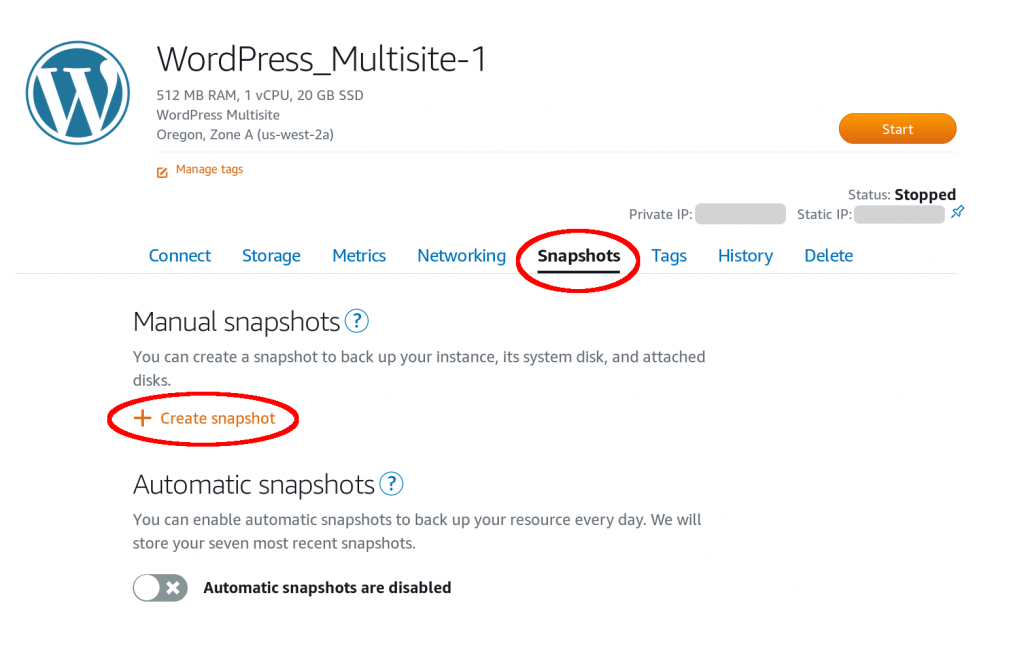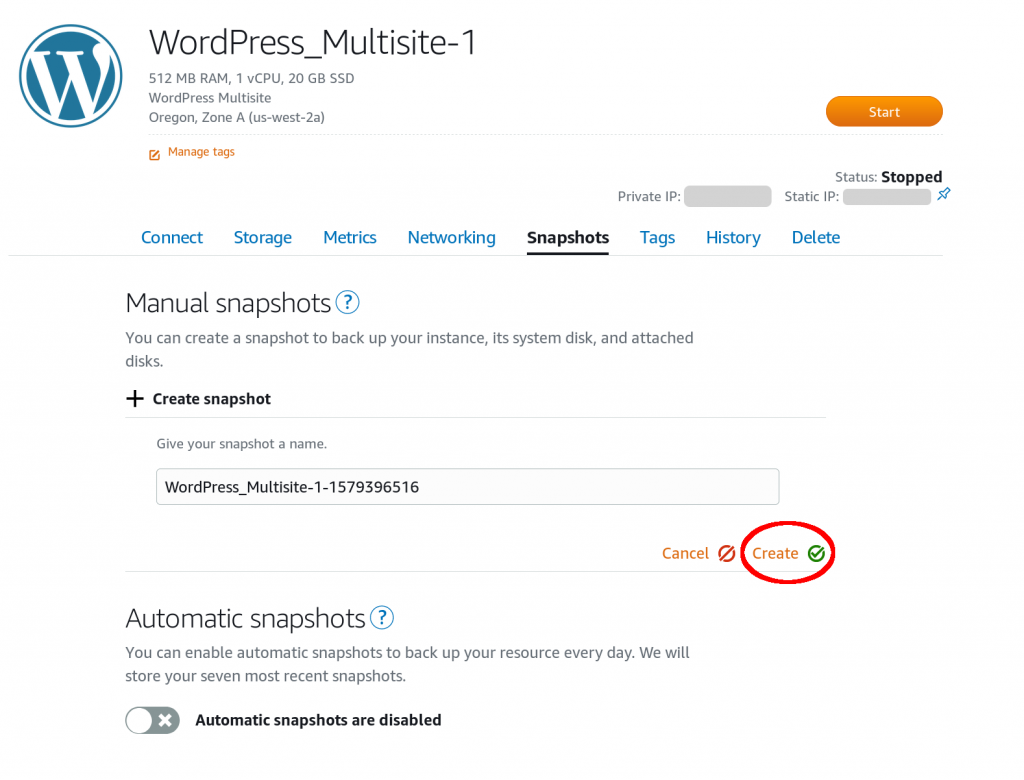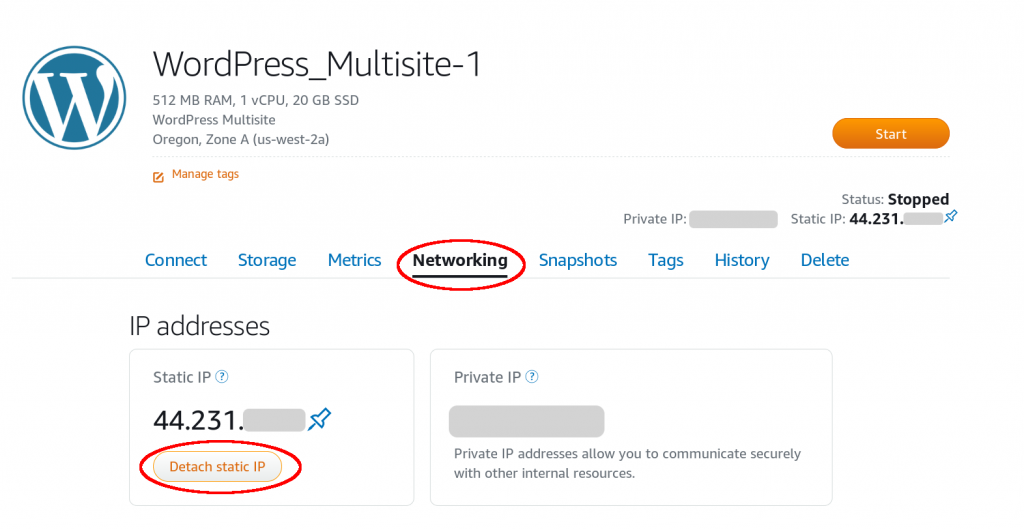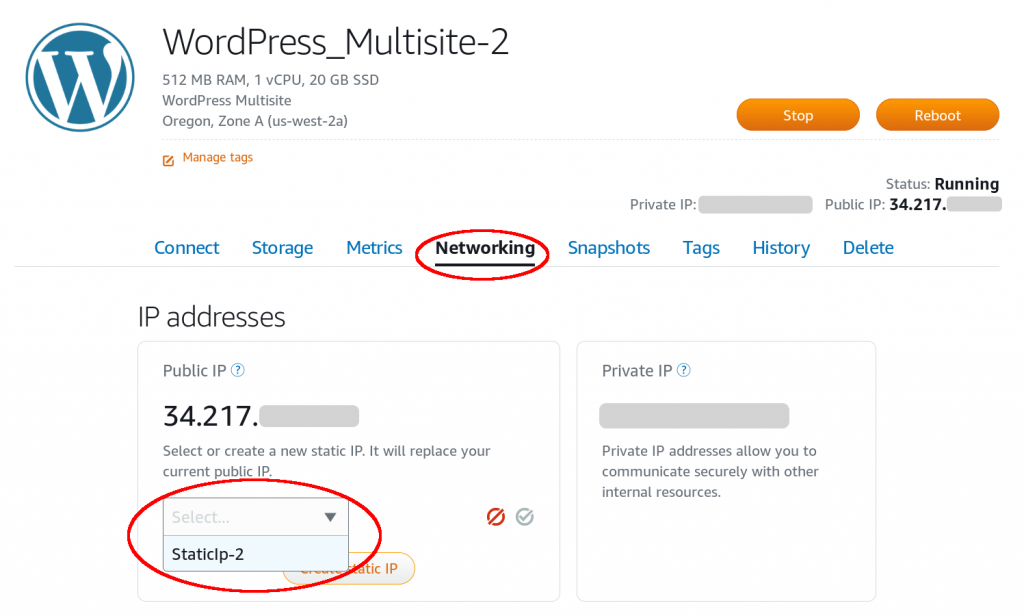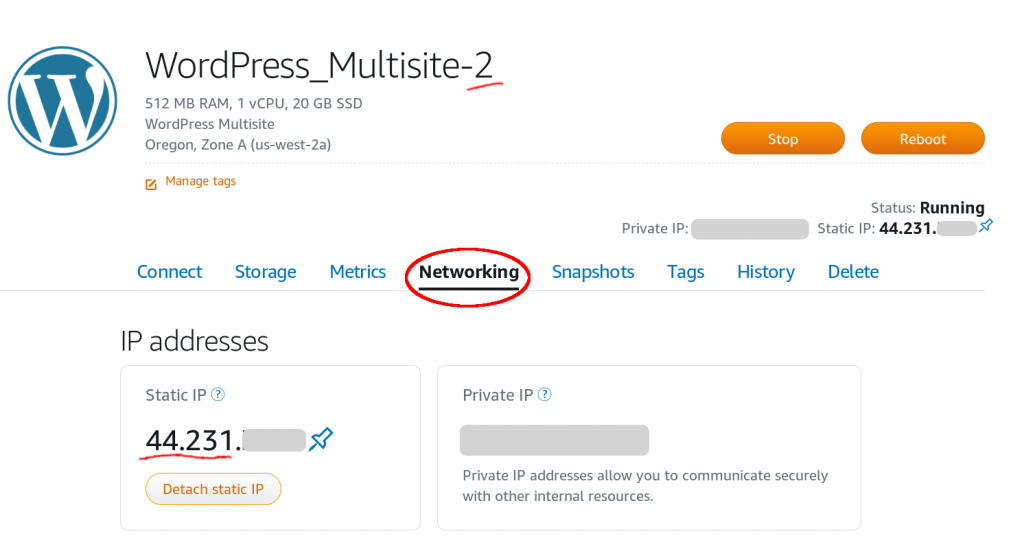Zen and the Art of Motorcycle Maintenance by Robert M. Pirsig. I love this book; but, do not listen to the forward. Some people who didn’t get the ending, complained to the author about that, so Mr. Pirsig added a major spoiler to the forward. In my opinion, the book is much more powerful as it dawns on you what is happening.
The Brothers Karamazov by Fyodor Dostoyevsky. I listened to this one because it’s a classic, and Jordan B. Peterson seemed to like it. It was Dostoyevsky’s final work; so in theory he’s gotten good at it by now. On the one hand, it was interesting pretty much the whole way through. On the other hand, some of the writing, where characters describe themselves and what they are thinking and thinking about doing and how they are and I’m going to kiss you now and you will forgive me and I am such a wretch and – oof, it was annoying to me. I can’t imagine people actually talking like that.
After On by Rob Reid. This is great. I both liked the main story, and the little side stories of the Amazon reviewer, the character stories, and the cheesiest hero story ever written. I also liked that it opened up to exploration some thinking about what Super A.I. could mean, and that private reputation services will be super valuable in the future. Number two in the list of “most enjoyable books I’ve listened to this year.”
Anathem by Neal Stephenson. It was okay. I suppose it was better than okay; I don’t think I ever found myself bored with it. However, I don’t find that I can identify much with a friar of supertech trying to save the world while running from the Inquisition. Oh, and there were space aliens, too. One thing I did like about the story was the idea that one might get inured to how magical supertech might be, if one grew up with it and it seemed ordinary. (Which reminds me of an old joke from Saturday Night Live: (Jack Handy) “We would cut down less trees, if every time we cut a tree down, it screamed; unless trees screamed most of the time and at random.”
The Diamond Age by Neal Stephenson. I liked this book. It was quite interesting, and never boring. The writing is good in that I bought in to the main character’s well being and growth. However, there was at least one gratuitous sex scene in there (which set up an ending scene) which I severely disliked. The technology aspects were intriguing. Early on, there is some dystopia which it seems the first victim would have of course seen coming. So that rang flat.
Hyperion by Dan Simmons. Meh. I liked the idea that each passenger on the journey would get to tell their own story. Most of the stories were interesting. The one character, though, was every bit as awful as I feared it would be. Any time a writer gets to write a self-described “poet”, your ears will be subjected to a string of epithets-as-art as if that were a thing. Reminds me of a story a friend of mine told, who at age 4, snuck into a closet with a Fisher-Price Tape Recorder, and recorded in a whisper “shit caca caca caca shit caca shit.” Four year old him was all super impressed with his own power to use foul words. This book has that.
Artemis by Andy Weir. I very much liked this book. I liked the main character, I liked the setting, I liked the skulking around and dangers of getting caught. This book was fun. Number three in the list of “most enjoyable books I’ve listened to this year.”
Cutting for Stone by Abraham Verghese. Man, what a powerful book. I was on an airplane, and sitting next to me was a psychiatrist; we got to talking. He told me this was his favorite book, so I listened to it. I think part of what makes it so good is that the author lived through some of the environment and transitions he writes his characters in to; this makes everything seem authentic. The book also is interesting because the setting is so foreign, there isn’t anything (for me at least) to dismiss. It’s all novel to me. The one thing I didn’t like about the book was near the end, where the main character does the most despicable thing. I suppose it’s needed to move the story toward it’s sad end. I was not wanting to finish listening to the book after that. But I thought I ought to give him a chance to somehow redeem himself, so I kept listening.
The Calculating Stars by Mary Robinette Kowal. This book isn’t really aimed at me; so I didn’t enjoy it as much as people in it’s target audience would.
Snow Crash by Neal Stephenson. This has been my favorite book this year. The characters, the settings, the corporate cultures that become environments and families, the technologies; man this book has it all: and a smart villain and a robot hero and main characters that you really do want to see succeed. Just lots of fun.
Twelve Rules for Life: An Antidote to Chaos by Jordan B. Peterson. I liked this book. Most of the rules are common sense; but Professor Peterson likes to delve a little deeper into the “why” of each rule. One of the rules, “Do not let your children do anything that makes you dislike them” is probably the biggest failing of most parents. I don’t think it’s useful to point at parents today and say “You fouled up”; but, if you are a new parent (or not yet a parent), it is probably super important to hear (and understand why) you should not let your children do anything that makes you dislike them. When I was growing up, there was a whole lot of propaganda masquerading as education about how children should not be made to feel bad; children that are made to feel bad now, act bad later. This completely ignored the reality all children push the boundaries of what is acceptable because they need to know what the boundaries are. Anyway, I read several books in my formative years: Zen and the Art of Motorcycle Maintenance when I was in my early 20’s. How to Win Friends and Influence People by Dale Carnegie and Games People Play by Eric Berne in my early teens. I wish I had read Twelve Rules for Life then, too (although it wouldn’t be published for another 35 years).
